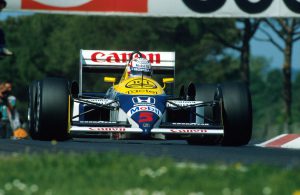Many world champions tried and failed to write 22 into the history books. From a blaze of ignominy and failure came extraordinary success – two years in a row.
Modern Formula 1 teaches us to associate a team’s recent success based on its number. The higher the number, the worse it did the previous year. Thus 22 immediately drudges up memories of Minardis and HRTs: a ‘backmarker’ number, with peaks of mediocrity.
The raw numbers support this. Number 22’s most frequent finishing position is eighth, and it most often adorned Alfa Romeos, which – first two years of the world championship aside – is a manufacturer not associated with much success. And 22 is also the only number to finish 24th in a conventional grand prix (discounting the anomalous 1950 Indianapolis 500).
It wasn’t always this way. Before the days of allocated numbers, the 22 graced the cars of some of F1’s finest. It worked its way across many world champions but was used sporadically by each – so few that most tallies can be counted on one’s fingers.
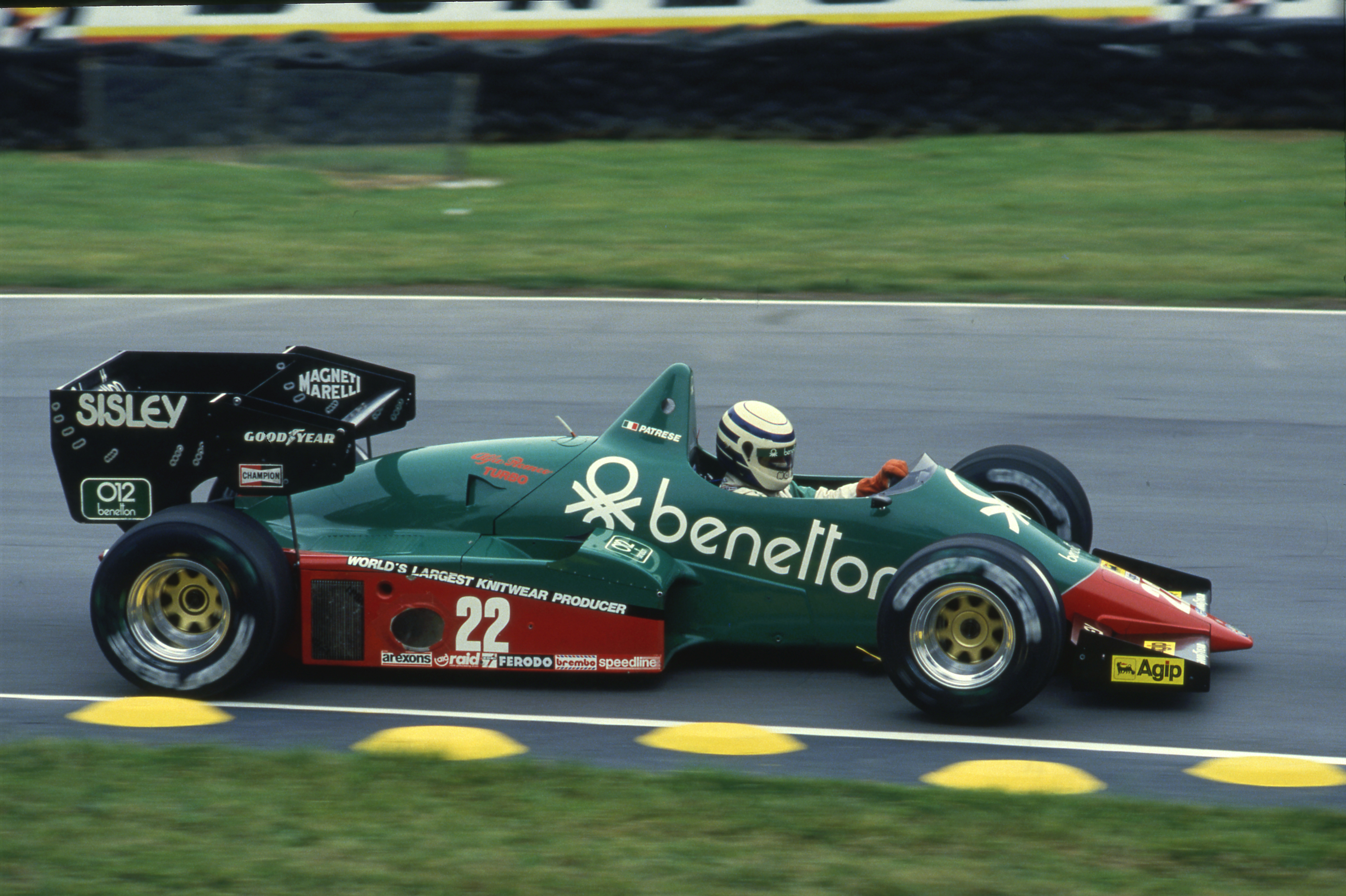
As such, it had limited success. Across the first 12 F1 title winners to race with 22, only one took victory with it: Juan Manuel Fangio, who clinched the 1951 championship on one of only two starts with the number.
The rest of that list comprises Nino Farina, Mike Hawthorn, Jack Brabham, Graham Hill, Phil Hill, John Surtees (four races with the car that bore his name in 1971), Jim Clark, Alan Jones, Nelson Piquet (on his grand prix debut with Ensign in 1978) and Mario Andretti (on his return to F1 with Alfa).
Apart from Fangio, Jo Siffert and Dan Gurney were the only others to win with 22 in the first five decades of the world championship. Siffert’s victory, the 1968 British Grand Prix, was the last for Rob Walker Racing, the most successful privateer team in F1 history and the only to win a world championship grand prix without being a constructor.
As an aside, Rob Walker Racing’s most famous son, the late Sir Stirling Moss, is one of many to have raced the 22 just once: his Maserati debut at the 1954 Belgian Grand Prix, where he finished third.
After Andretti’s 1981 comeback in the number 22 Alfa Romeo, which unsurprisingly failed to repeat Fangio’s success with the Alfa/22 combination, it was a long time before the 22 appeared on the car of a world champion again.
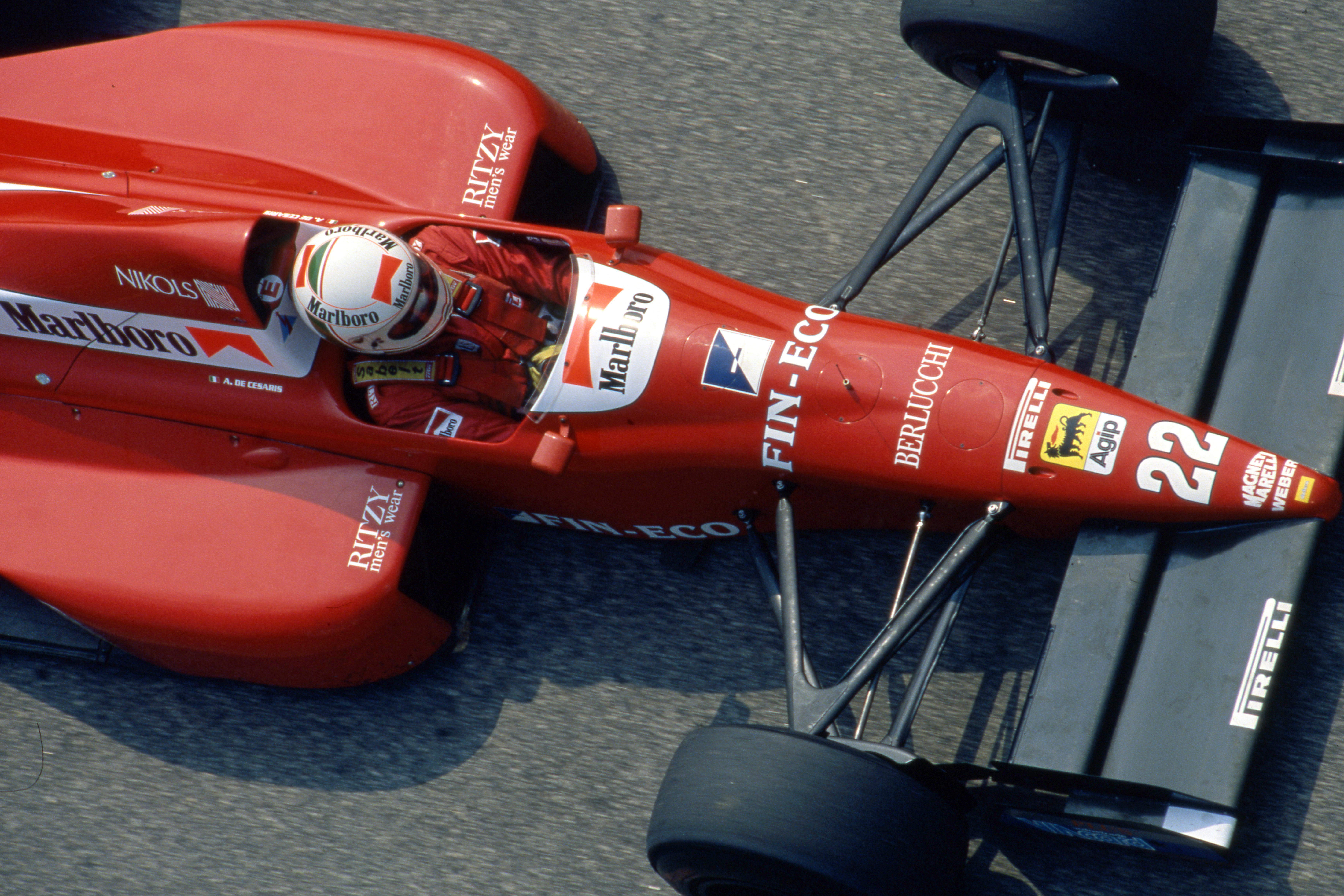
Instead it settled into an unspectacular life, best represented by Andrea de Cesaris contesting 78 races with the number 22. That the driver with the record for starting F1 grands prix without winning has used 22 more than any other is quite appropriate.
But then Jacques Villeneuve left Williams to drive for BAR in 1999. The ‘new’ entry, which had taken over Tyrrell, adopted the final numbers on the 11-team grid, and Villeneuve became the 12th world champion to utilise number 22.
You don’t need to be a history buff to know Villeneuve never came close to adding success to the 22’s unremarkable story, but he did at least score points with it in 2000.
By now the 22 was firmly entrenched as a backmarker number, before briefly disappearing from the grid in the 2000s as F1 slipped into 10-team normality. Then Honda entered Super Aguri as its second team in 2006 and the 22 was back.
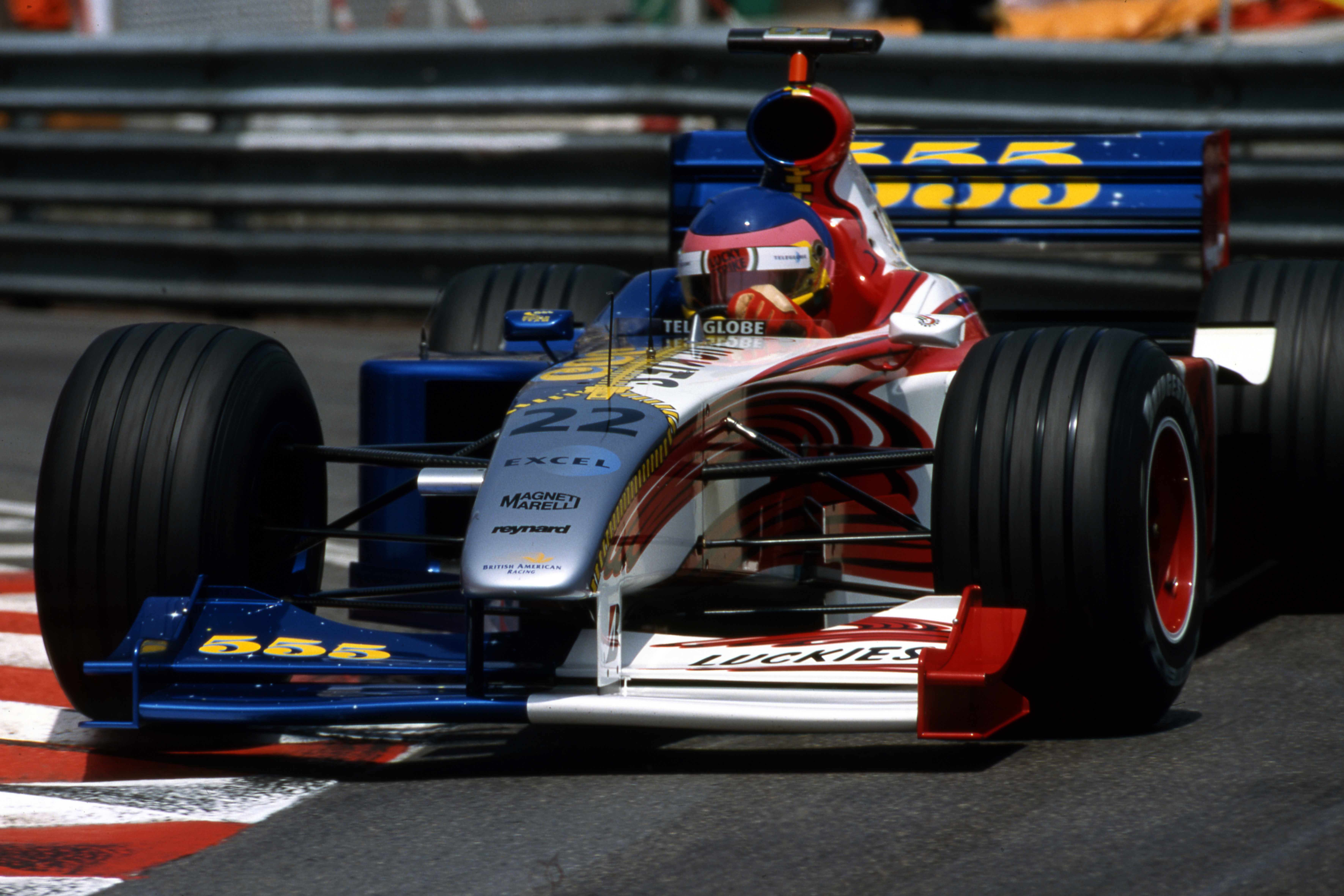
Super Aguri did little to change the number’s narrative. It was already poised to vacate the 22 for 2008 thanks to a handful of points in 2007, and the Spyker team scoring nada – which would have handed the 22 to Force India, Spyker’s successor.
But it was big-shot, title-challenging McLaren that would pick the number up.
The McLaren espionage scandal, ‘Spygate’, requires little context here, but one of the consequences of the team being found to have confidential Ferrari information was McLaren being stripped of all points in the 2007 constructors’ championship.
It meant that while Lewis Hamilton and Fernando Alonso remained free to contest the drivers’ world title, McLaren was destined to finish last. And the following year Hamilton became the 13th world champion to utilise the 22.
From a blaze of ignominy came the 22’s first true glory days. Hamilton and McLaren were immediate title contenders in 2008, and he added to the 22’s victory count at the first attempt in Austria. Four more victories followed that season before Hamilton secured the 22’s first full world title (sorry Fangio, one race doesn’t cut it) in the most dramatic of circumstances in Brazil.
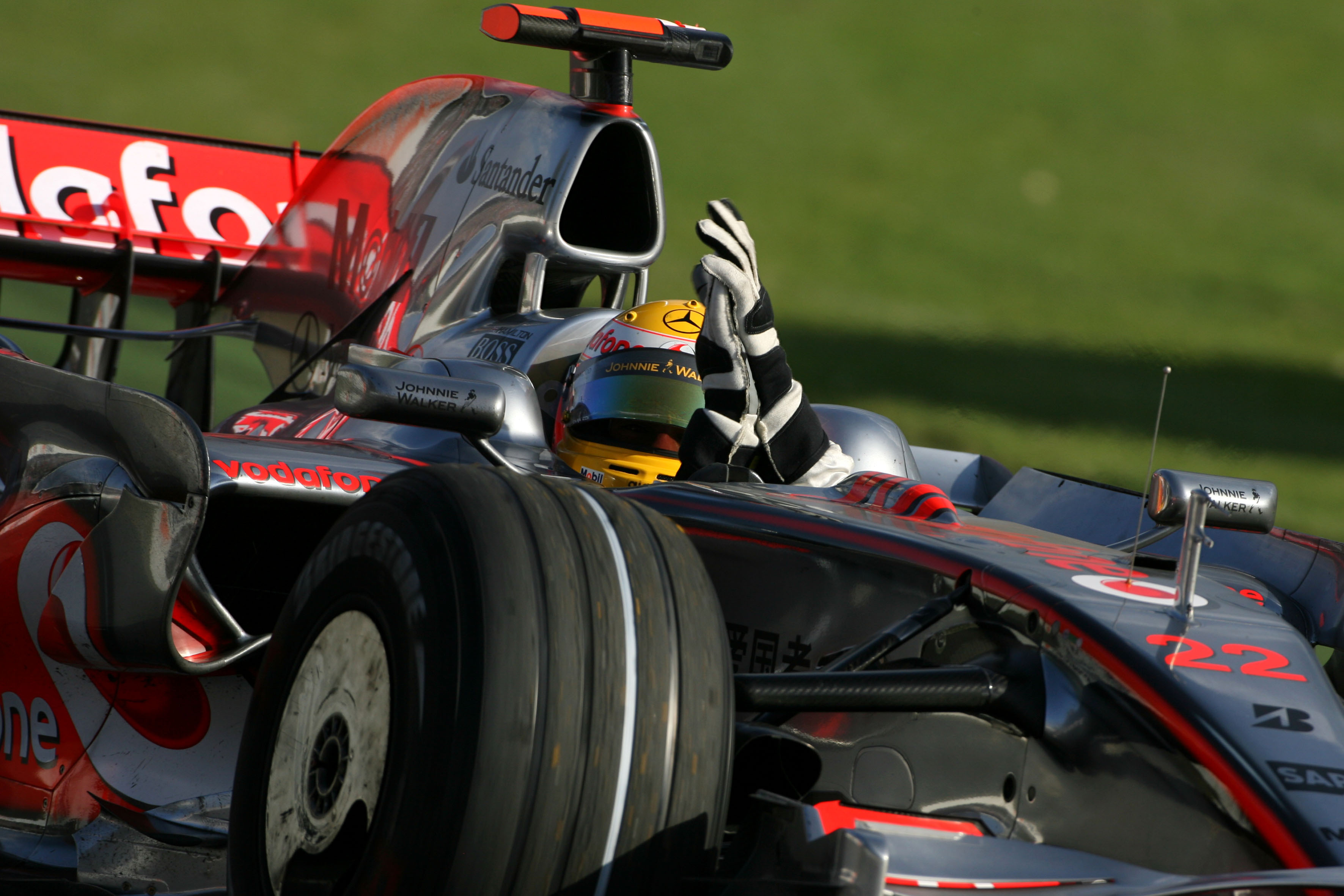
From the highest high, the 22 was poised to come crashing down. Super Aguri had already withdrawn from F1 earlier in the season, reducing the grid to 10 teams. Then Honda announced after the campaign that it would cease all F1 activity immediately, marking the end of the road for its works team as well.
With the team up for sale rather than disappearing entirely, spaces were reserved on the 2009 entry list for ‘Honda’ under the numbers it had earned; 18 and 19. Force India was allocated numbers 20 and 21.
Fortunately for Honda’s staff, Ross Brawn and Jenson Button, the team lived on in ‘phoenix from the ashes’ fashion. Brawn led a takeover of the Honda team and it stayed on the grid in the form of a new entry in Brawn’s name.
As a new entry, rather than taking over Honda’s slot Brawn GP needed to occupy the final pitlane slot behind Force India – despite creating Brawn branding using Honda’s numbers of 18 and 19 for testing. So, a revised entry list was published, bumping Force India up to Honda’s ‘reserved’ numbers and slotting Brawn in with numbers 20 and 21.
But history tells us that still doesn’t look right.
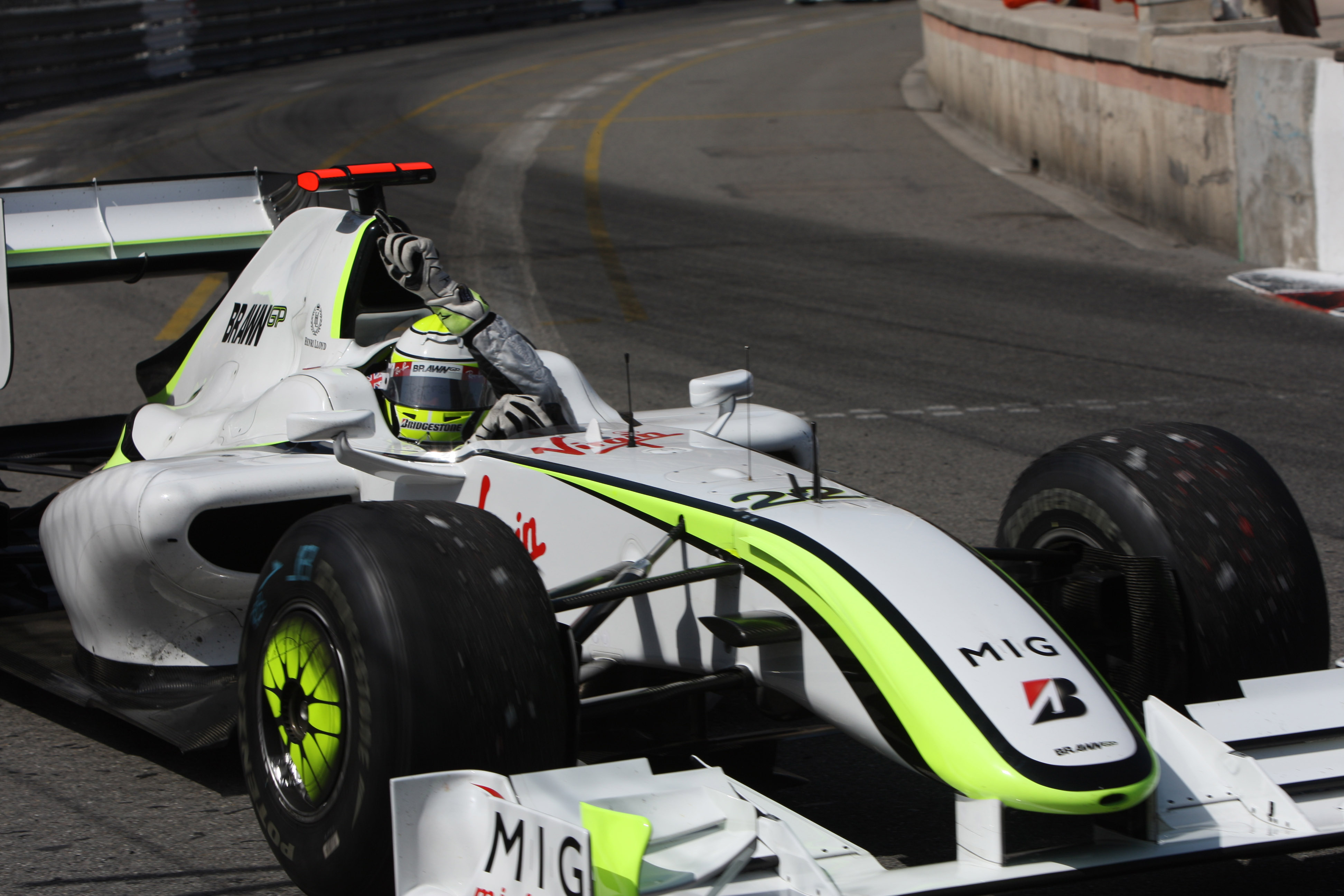
On the eve of the season, the FIA changed the entry list again. Force India had prepared for the season with the expectation of using 20 and 21 and its promotional material had been produced as such. So, it requested to have those numbers reinstated. Brawn did not object, and so Button and Rubens Barrichello were assigned 22 and 23. Numbers 18 and 19 were left vacant.
From the collapse of Honda’s two teams, and some background faffing, came the 22’s next glory days. Like London buses…
The protracted purchase of the team meant Brawn was not as well prepared as its rivals for the start of the season but Honda’s ability to devote all resources to the new technical rules in 2008 (then abandoning ship without being able to benefit from that investment) while Ferrari, McLaren and BMW engaged in a title battle was the team’s most potent weapon. That and the double-diffuser.
Button and Brawn started the year in lightning fashion and won six of the first seven grands prix. There were no more victories thereafter, but the foundations had already been laid: Button clinched his world title, and the 22 adorned the championship-winning car for the second year in a row.
It quickly slipped into old habits and re-entered a phase of irrelevance.
BMW’s exit meant Sauber disappeared from the original 2010 entry list and Sauber’s repurchase of the team constituted a new entry – it had its own saga numbers finalised though, originally allocated 26 and 27 before assuming 22 and 23 when US F1 never materialised.
HRT picked up the 22 for the next two years, then Jules Bianchi held it for one season in 2013 with Marussia.
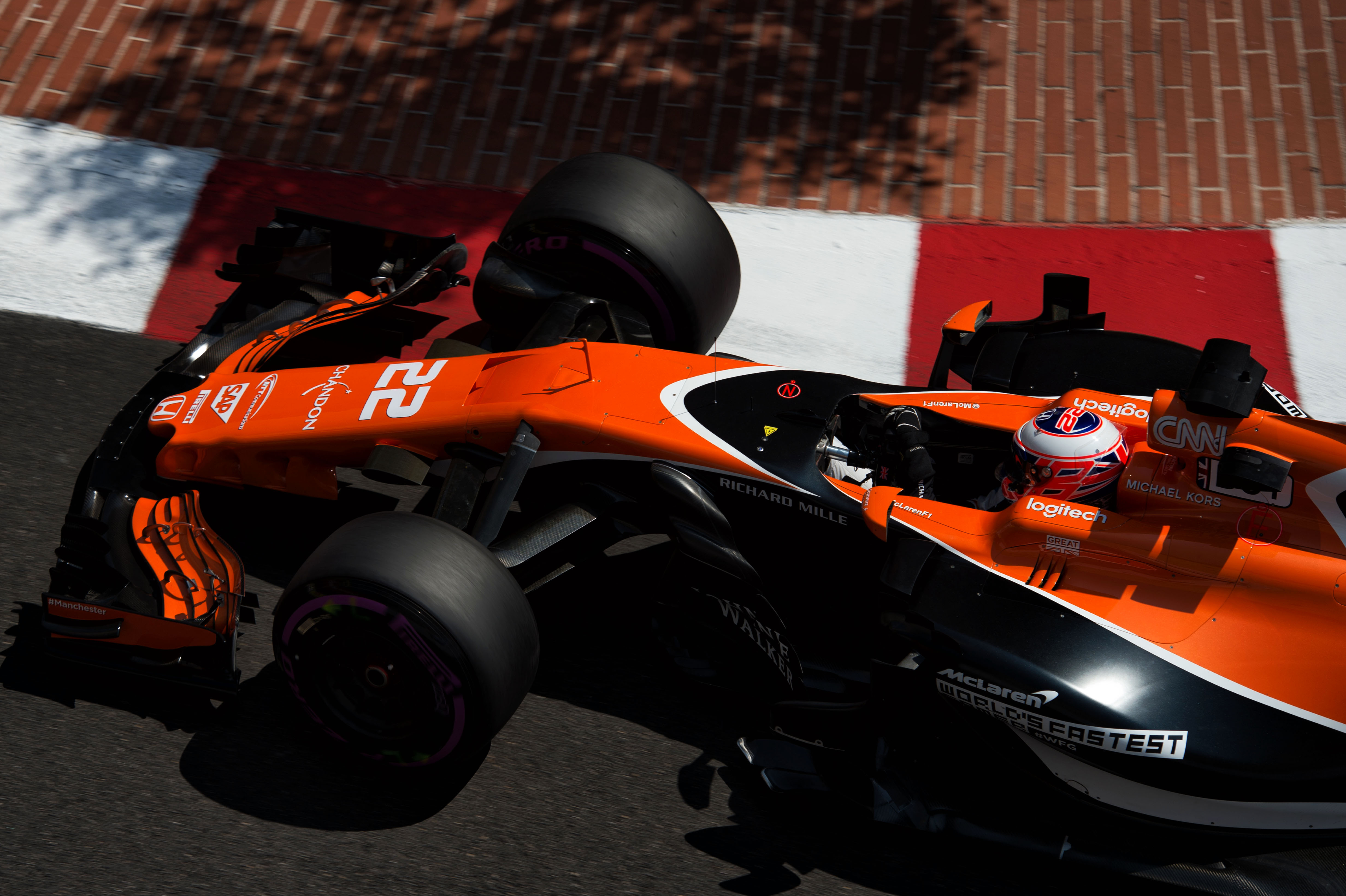
But the 22’s final appearance in F1 was a fitting one. It remained on the grid when F1 rules changed to allow drivers to pick a number to use throughout their career.
Button, in tribute to his title-winning season, chose 22 and wore it until he walked away from grand prix racing, initially at the end of 2016 but then really for good after a one-off return in the 2017 Monaco Grand Prix, deputising for the Indianapolis 500-bound Fernando Alonso.
The latter years of the 22 in F1 unfortunately coincided with McLaren’s dip in form, then its ill-fated Honda stint. Thus, it never came close to recreating the heights of the late-2000s and the scenes that led Button to pick the number for life.
Those anomalies are what make the 22 special. They leap from the pages of the number’s otherwise unremarkable history book. And they will forever represent two of F1’s most remarkable seasons.
Not bad for a ‘backmarker’ number.

